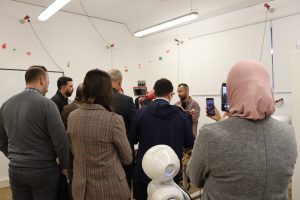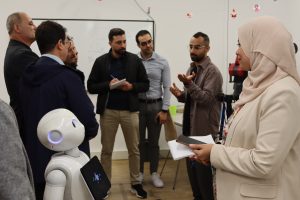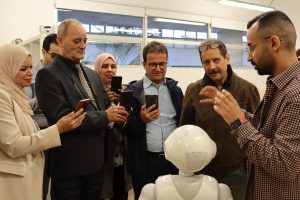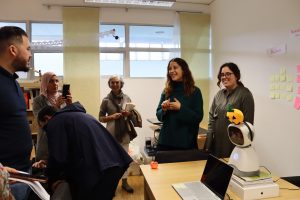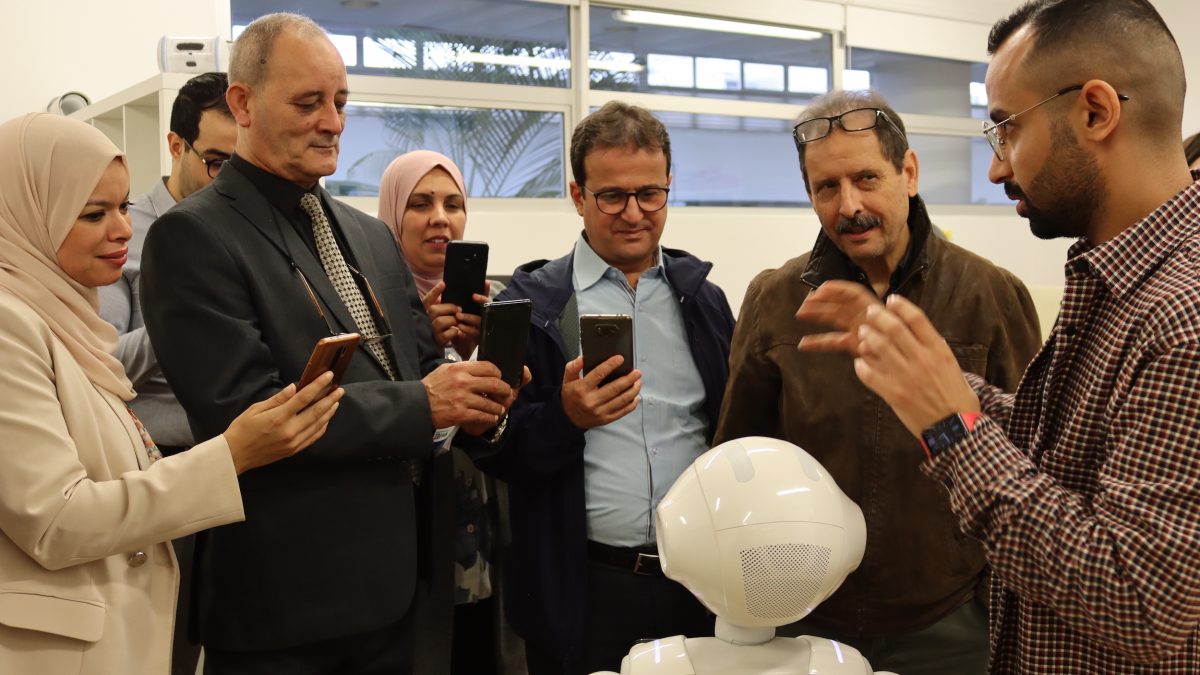
Algerian delegation visits Taguspark Campus hosted by INESC ID
On October 31st, an Algerian delegation part of the PADICA Program, an initiative funded by the European Commission to support industrial diversification efforts and the improvement of the business climate of Algeria, visited the Técnico Taguspark Campus hosted by INESC ID.
The Algerian Committee was headed by Mr. Djamel Halles and Mr. Roland Laval (GFA GRPUP Consulting) and eight other members of PADICA, who were welcomed by Técnico Tagus Park Vice President Helena Galhardas.
The PADICA visit to Portugal was held with the purpose of updating the delegation on European standards and best practices in terms of development, innovation, and technology and on how they could be applied to the Program. Overall, the main objective of the Algeria-EU initiative is to improve the sustainable economic development of Algeria and to create the conditions for the expansion of the non-hydrocarbon industrial sector.
The visit started with a welcome session by Helena Galhardas, who presented an overview of Instituto Superior Técnico activities, training offer, research laboratories and research centers, mainly focused on the activities held in the Tagus Park campus.
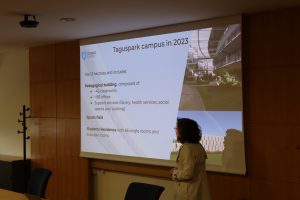
The session was followed by a visit to the INESC ID Social Robotics Laboratory led by Ali Kordia. The Group of AI for People and Society, also known as GAIPS Lab, conducts research on Artificial Intelligence over five main areas: Affective Computing, Games, Intelligent Virtual Agents, Social Robotics, and Simulation of Complex Systems. During the visit the group presented several demonstrations with robots which help humans in various day-to-day tasks. For example, Astro robot was designed and programmed to stimulate activities to help children with autism spectrum disorders.
The last tour Lab was to INESC ID Augmented and Virtual Reality Laboratory, led by Professor Anderson Maciel and Professor Sandra Gama, who presented an interactive computer graphics centered on humans and applied to health, social inclusion, education, architecture and manufacturing.
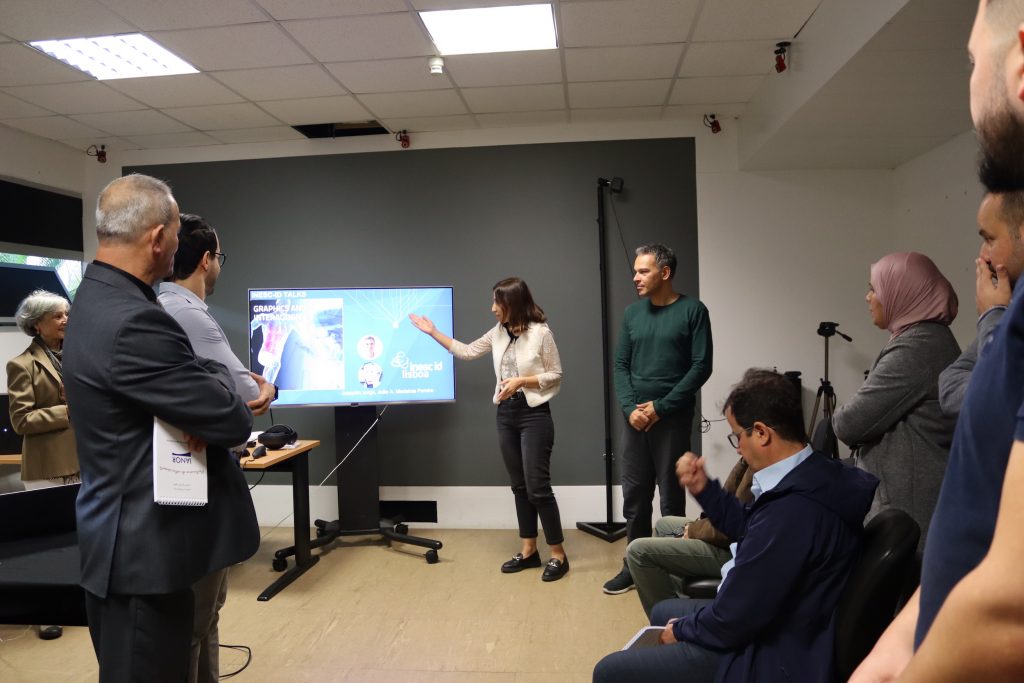
According to the INESC ID researcher Sandra Gama, “the visit was a success, and the delegation was able to take the most of their experience. Apart from their interest in the different interactive solutions created by the Graphics and Interaction group, in different context such as architecture, gamification of education and civil engineering, they were particularly enthusiastic about the virtual reality solutions created by the group. Everyone without exception interacted with a virtual reality application applied to colonoscopy to aid in diagnosis and treatment, developed within the scope of one of the group’s projects.”
More about the PADICA Program.

